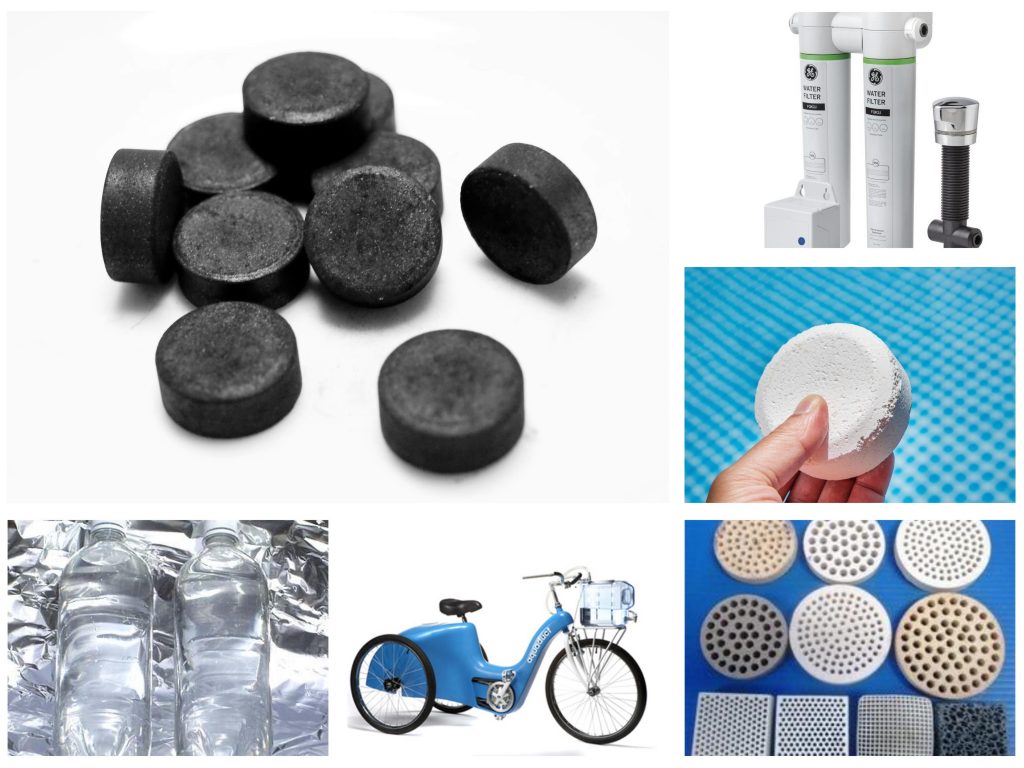Having money helps, however, clean water does not need to be costly. As we have reported previously, as numerous as 1.8 million people die annually from diarrhea connected to poor sanitation and water, the majority of them under age.
However, until everybody has there, there are other, more economical clean water options. Boiling water above a wood fireplace is among the most frequently used approaches, but it’s also a health hazard for individuals working in poorly ventilated kitchens, and it exacerbates deforestation. Rather, we have piled up ten low-cost approaches to deal with water, rather than one needs boiling. Are you aware of other procedures? Please inform us in a comment below.
Ceramic filters
Clay, sawdust plus a plastic bucket may create a water filter which grabs dirt and naturally-occurring germs. Organizations around the globe have been using this type of ceramic filter to decrease illness in Protestant communities for ages.
Bone char filtration
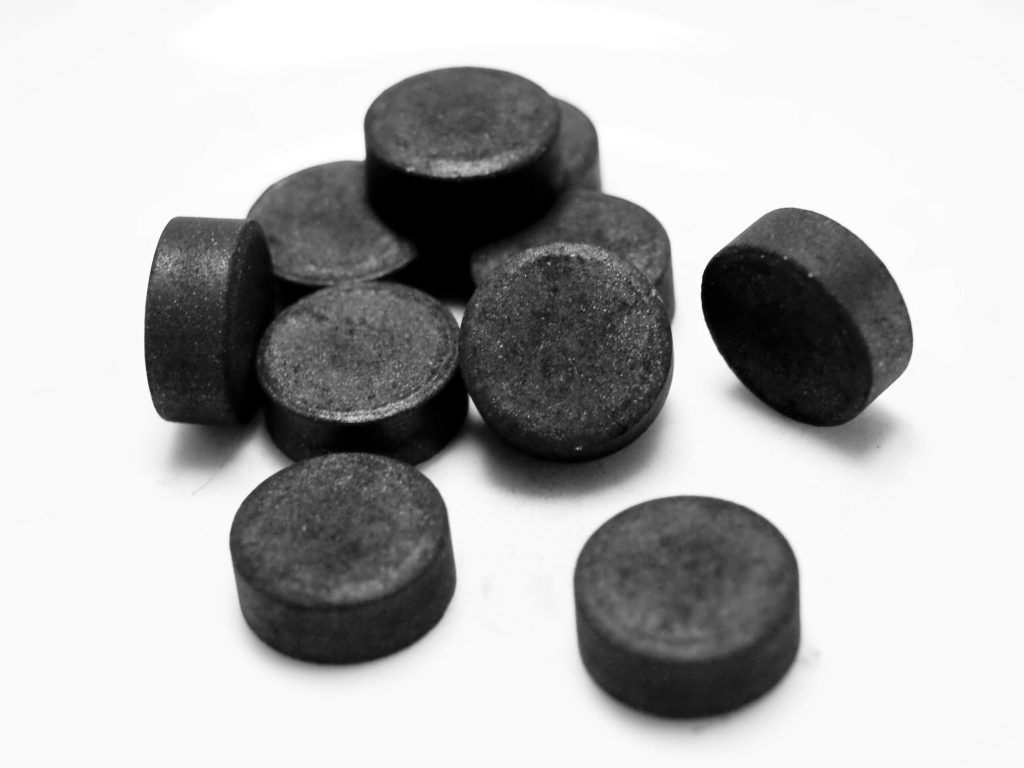
Not all filters eliminate heavy metals or other toxins out of the water, however crushed and charred animal bone could. And in locations where they happen in the water, eliminating them is a fantastic idea. Chronic arsenic exposure, by way of instance, may lead to skin cancer, kidney, liver and lung cancers, gangrene and potentially diabetes, higher blood pressure and reproductive disorders. As they inflame, the kidneys ditch proteins the body requires to the urine flow, a condition that’s deadly in its worst.
Crushed and charred cows bones are inexpensive and locally accessible. With the ideal design, filters may clean drinking water directly from the house. It is a solution that may function in Pine Ridge or anywhere arsenic contamination is uncontrolled (bearing in mind possible cultural aversions to eating cow goods).
Slow sand filtration
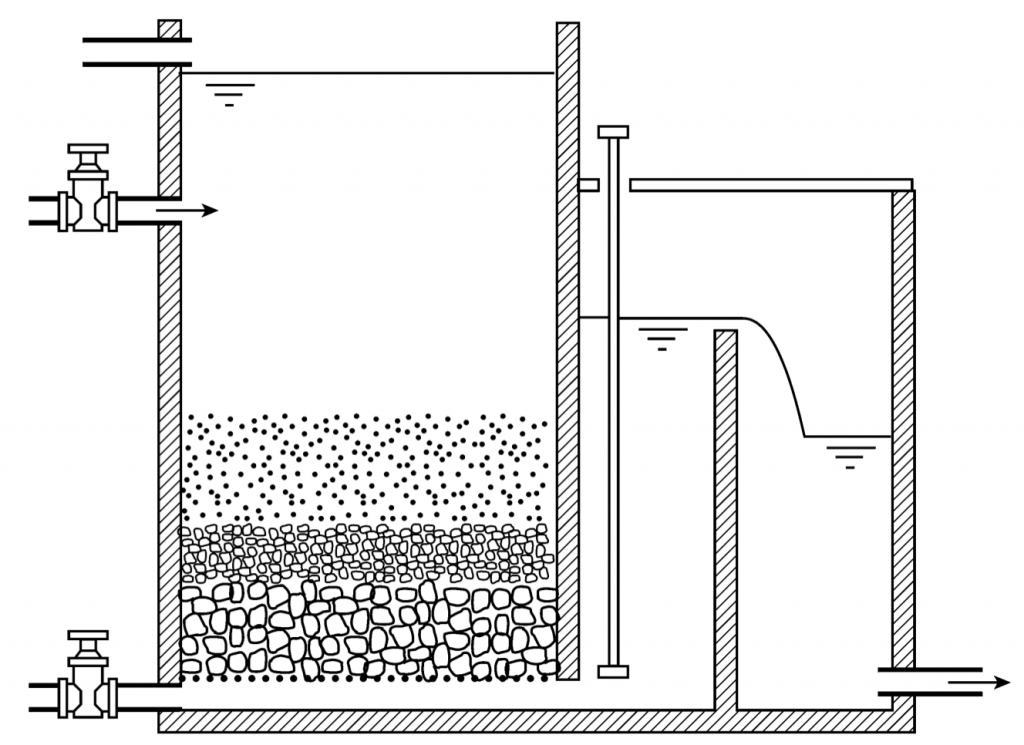 Slow sand filtration has the benefit of working within an whole community’s water supply, not only individual families. Practical Action gather a technical guide for slow sand filtration methods, a comprehensive guide to their structure and upkeep. Follow the link below to find the guide.
Slow sand filtration has the benefit of working within an whole community’s water supply, not only individual families. Practical Action gather a technical guide for slow sand filtration methods, a comprehensive guide to their structure and upkeep. Follow the link below to find the guide.
The amount of filters and filter types which are employed at a specified slow sand filtration system will be contingent on the grade of the source water and will differ for each and every community.
Sink Portable Filter
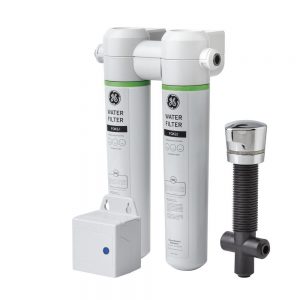
This mobile filter layout suggested in reaction to your call for superior water filtration at pops in India uses chlorine, silver diamonds, activated charcoal and sand. Honeybee Network introduced the initial problem and also an E4C member posted this option. It has a thorough guide to the specifications, materials and structure of a mobile filter constructed from all but the kitchen sink.Honeybee Network also signals the development of new mobile applications that use a cellphone’s camera to feel impurities.
Bamboo charcoal
In this twist on the charcoal filter, a group of E4C associates in Bangalore suggest a filter manufactured from locally available materials such as charred pine, bamboo and organic adsorbents. “The procedure we propose is native, eco friendly, very low cost and involves minimal upkeep,” the group writes in their workspace. They estimate their filter can manage 30 gallons of water each hour, and it might be affordable for ordinary households in the area.
Solar sterilization
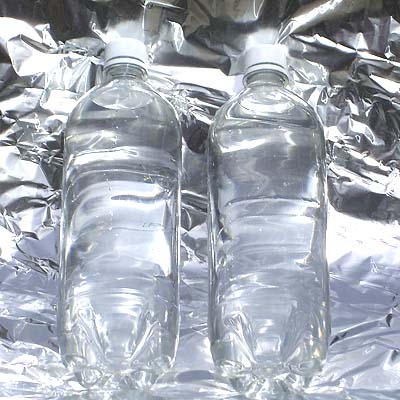
If price is a larger concern than convenience or time, the least expensive way to take care of water would be to leave it in a plastic jar in sunlight. Leave clear bottles at sunlight for a couple hours along with the UV radiation and heat kills the germs which cause diarrhea and other waterborne disease. The Sodis system (for solar disinfection) was set up in certain parts of Haiti following the earthquake in 2010, and it’s used in crises and impoverished areas globally.
If the jar is too simple or prone to malfunction, Solvatten sells a exceptionally engineered solar disinfection apparatus. It is a jerry-can-like container using a built-in thermal index which allows drinkers understand when the water is safe to consume.
The quantity of sunlight exposure a jar needs varies from the quantity of sunlight available (it takes more time to fix water on a cloudy day). To take the guess work from this solar system, a disinfection index can measure light exposure and indicate once the germs are lifeless. We came across this model of a solar index in IEEE International Humanitarian Technology Conference at Seattle, Wash., last year. And there is also Helioz, a comparable notion using a top-mounted layout.
Solar distillation
A solar still can really be a cheap and easy bit of glass or plastic, or they may be highly designed apparatus. To operate, the nevertheless allows sun to shine through a transparent panel on the impure water. The water warms and disappears, then condenses on the bottom of the panel and runs into a container of some type. Our Solutions Library hyperlinks to some specialized construction and brief guide to a number of different still layouts from Practical Action.
Bicycle filter
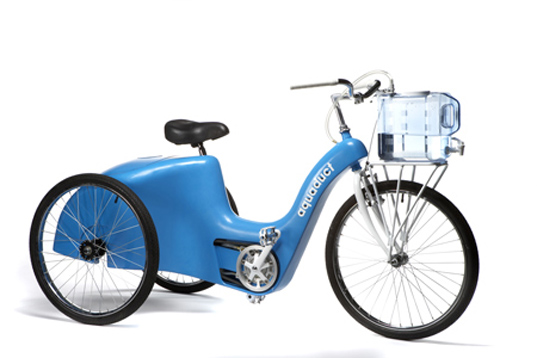 Bicycles with their glorious versatility and simplicity have to be one of our favourite devices, and we’re happy to find not only one, but 2 bicycle-powered filters. Nippon Basic Co. devised Cyclo Clean, a bike rigged using a pump to draw water from a river along with a strong, three-filter method to purify water. The filters are made to continue without replacement for a couple of decades, and the tires are puncture-proof. It may filter three heaps of water at 10 hours.
Bicycles with their glorious versatility and simplicity have to be one of our favourite devices, and we’re happy to find not only one, but 2 bicycle-powered filters. Nippon Basic Co. devised Cyclo Clean, a bike rigged using a pump to draw water from a river along with a strong, three-filter method to purify water. The filters are made to continue without replacement for a couple of decades, and the tires are puncture-proof. It may filter three heaps of water at 10 hours.
Then there is the Aqueduct, that will be similar to Cyclo’s whimsical little brother. It is a tricycle with bubbly curves plus a sky-blue paint project that pushes up to 2 gallons of water through a filter whereas the rider pedals. Cyclo handles much more quantities of water, but Aqueduct’s one benefit is the fact that it could perform its job on the go.
Emergency homemade filter
The plastic jar makes still another appearance for a water treatment device, now as a very simple filter which can remove sediment as well as disease-causing microbes. Only cut the ground in the jar, fill it with layers of dirt, sand fabric and charcoal, then filter the water and expect the best.
Chlorine
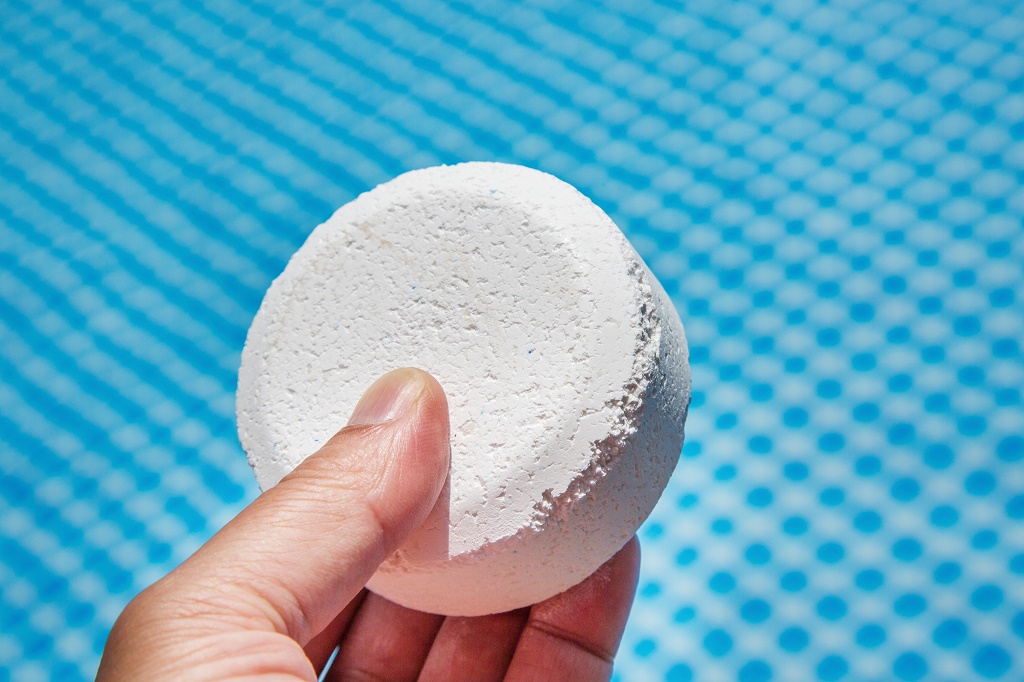
We stored the most obvious and possibly the most reliable treatment solution for the last. Plus it retains the water protected from fresh contaminations long after it’s added.
We have seen several fascinating chlorination methods on the job in resource-poor areas. Compatible Technology International created this tested and proven device that chlorinated water from gravity-fed systems which fill a neighborhood water cistern. And those four experimental layouts have functioned in field evaluations to dose water right after individuals fill their buckets at a neighborhood well, stream or other origin. The chlorinator, revealed here completely assembled and broken down, attaches to a loop from the water pipe which feeds into the tank.
We are Reeve Enviro Systems, A trusted Supplier of Water Technology Solutions for Industries and Public Utilities for sustainable management of resources. To Know more about water treatment methods, ro membrane, membrane filtration, membrane bioreactor, filtration membrane, ultrafiltration membrane, membrane separation, ion exchange membrane kindly let us know.

